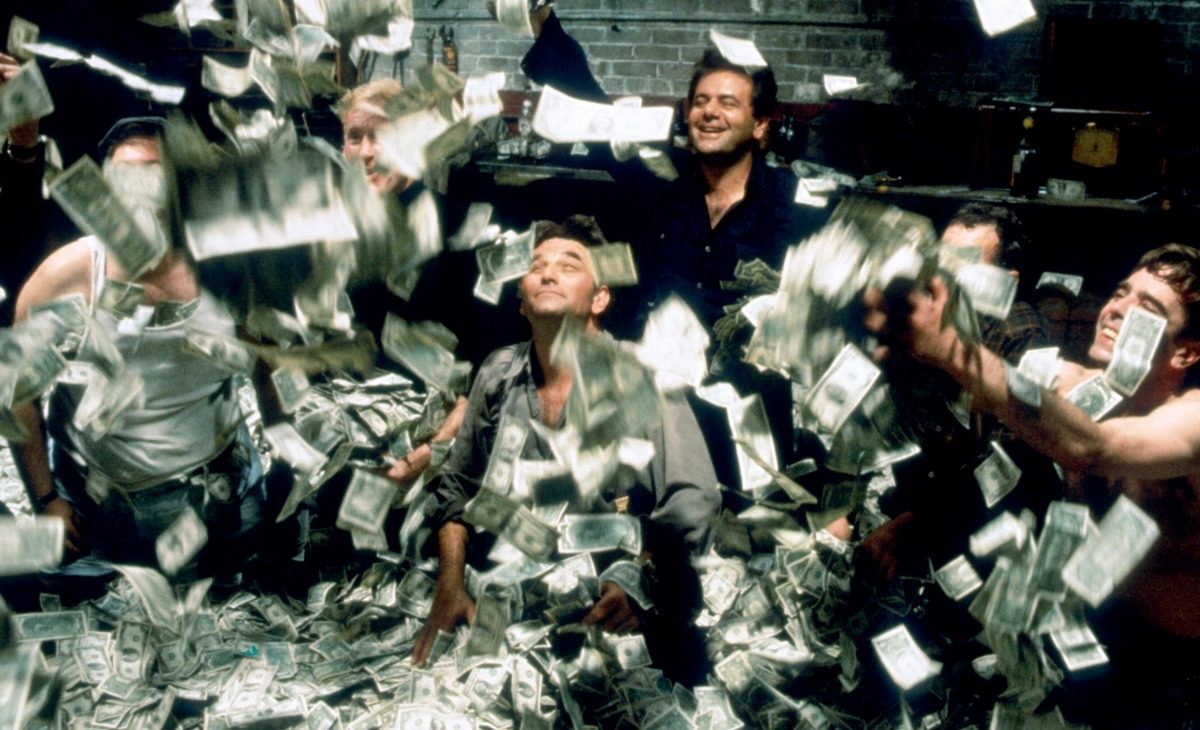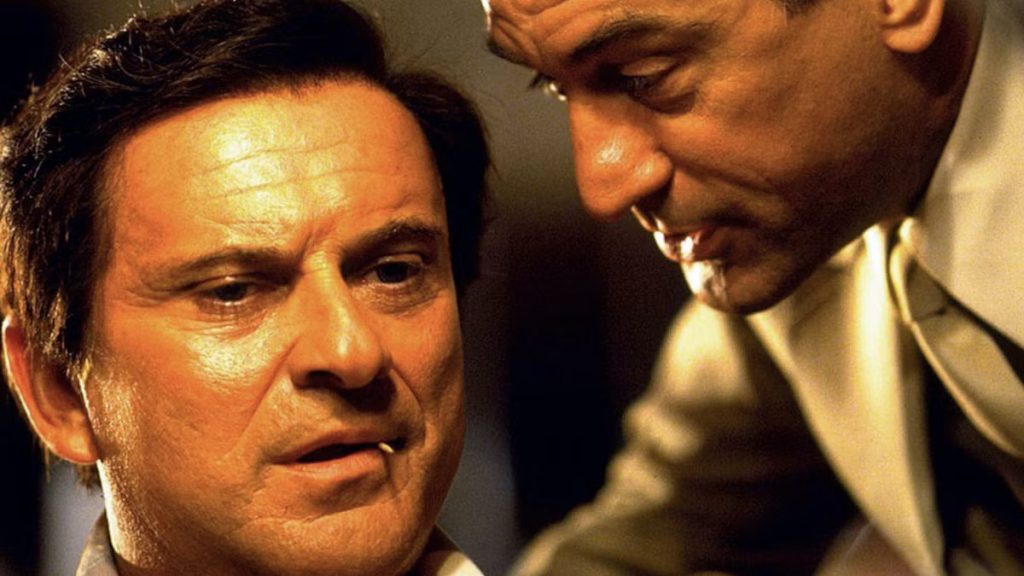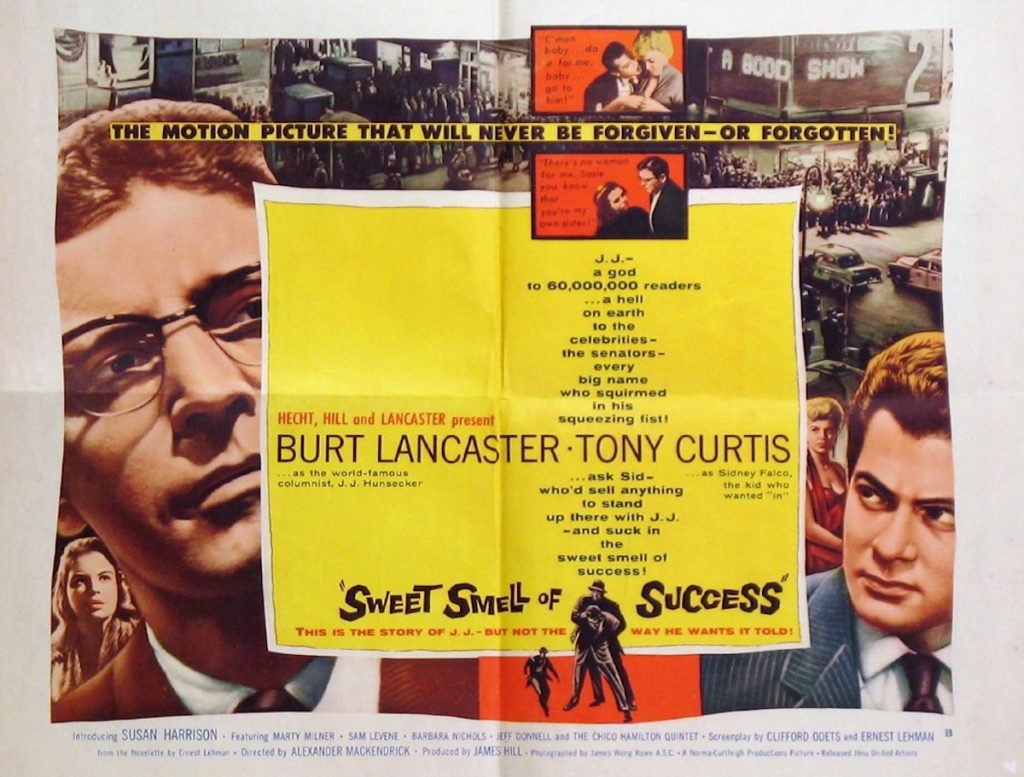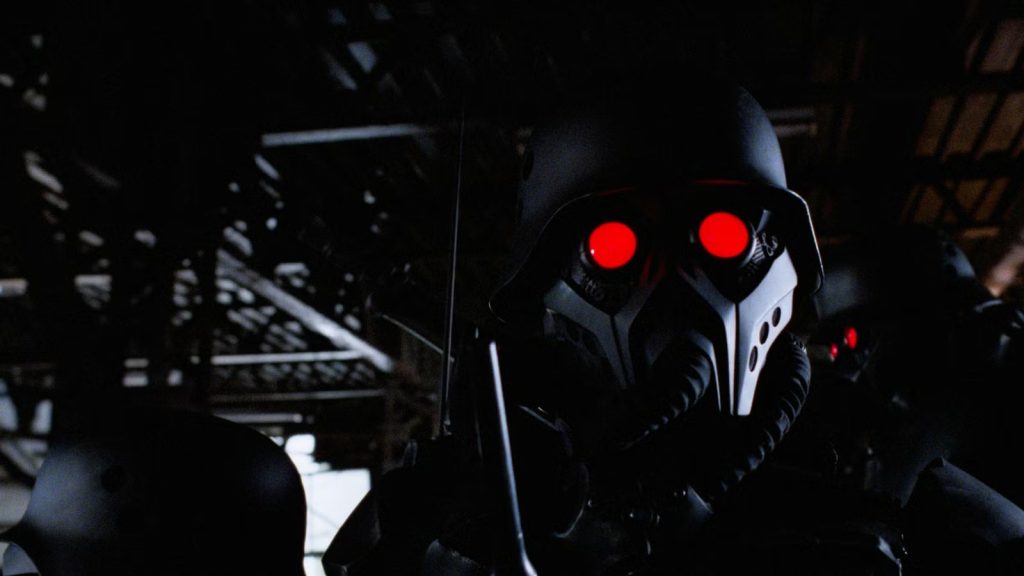By the mid 1970s, crime dramas were as notable an export from Boston as Prince spaghetti or B&M Baked Beans. Movies like The Boston Strangler and The Friends of Eddie Coyle treated the recent wave of murders and bank robberies as fodder for classic tragedy, as an anti-heroic career criminal—usually played by a distinguished matinee idol from the Golden Age of Hollywood—committed a mistake that would become his undoing. These dramas unfolded in narrow, dimly lit bars and tchotchke-laden living rooms, lensed so that viewers can feel the walls closing in on our point-of-view characters. The color brown is practically a supporting character.
Under the right circumstances, however, aspects of the mid-century Boston crime wave could also be played for laughs. In The Brink’s Job, director William Friedkin and screenwriter Walon Green found the humor in one of the most notorious bank robberies in Boston by playing with the standards set by previous crime films set in the Commonwealth. A cast of beloved character actors turned in solid performances by mining the story for moments of absurdity and tenderness.
In the years following World War II, small-time crook Tony Pino (Peter Falk) attempts a series of small-time robberies at local businesses with varying degrees of success. After discovering that the Brink’s building—which handles cash for area banks—is not as well-secured as one would expect, he assembles a crew of similarly experienced crooks to rob the building. Their elation over stealing almost three million dollars is short lived, as the FBI becomes involved and the local press describes their robbery as “the crime of the century.”
Like Strangler and Eddie Coyle before it, The Brink’s Job opens with a series of episodic scenes that introduce us to the main characters and the North End neighborhood where the film takes place. We see firsthand how bad Pino is at robberies through a series of inept mistakes on the job, and, in the introduction of eventual informant Specs O’Keefe (Warren Oates), how compliant and easily intimidated Pino can be. Friedkin and Green also show the stakes that Pino faces in a montage where he goes to jail, and Friedkin’s use of the Andrews Sisters’ “Accentuate the Positive” works as both an ironic counterpoint to shots of Pino jogging through heavy rain and as an expression of the character’s intrinsic optimism.
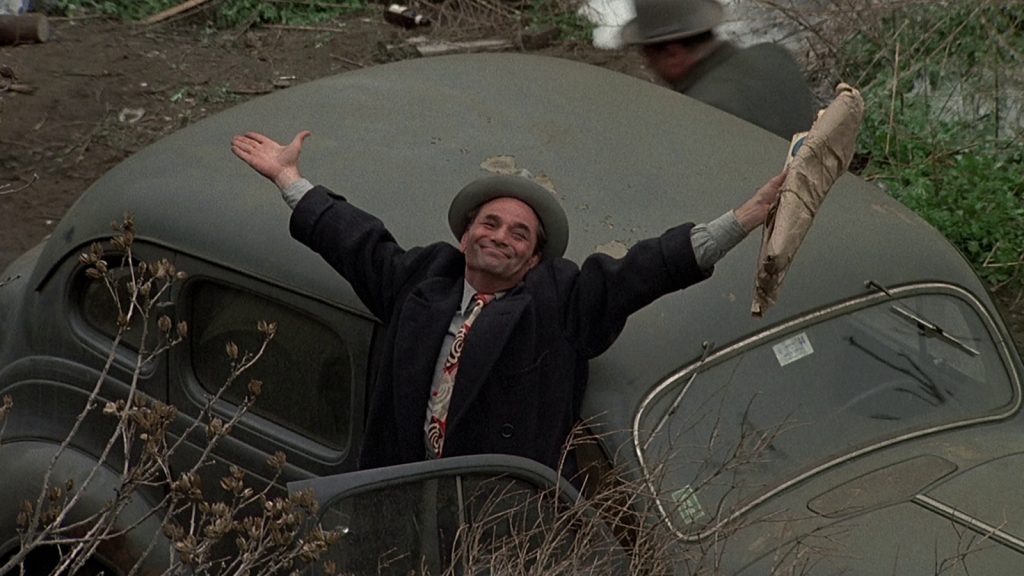
As they settle into the story, Friedkin and his cast find the humor through careful use of color and through scenes shot in single wide-angle takes. When the gang attempts to rob a candy company in East Boston, Jazz Maffie (Paul Sorvino) grows increasingly distracted by a half-door with a WARNING: DO NOT OPEN sign. He opens the door only to find a pile of multicolored gumballs that contrast with the heavy brown color palette from the previous scenes. The ensuing physical comedy, combined with the riot of primary-colored candy, punctuates a tense scene with a moment of levity.
Most of Friedkin’s twists on the formulas from earlier Boston crime movies bring out the humor in The Brink’s Job. Where Strangler and Eddie Coyle were able to transition from episodic, character-driven opening scenes to a faster-paced, more plot-driven approach to the material, however, this film doesn’t quite make the same leap. Many scenes unfold at a slow pace and share some amusing set-ups that never quite pay off, and the scenes in which Pino’s gang finally gains entrance to the Brink’s building meander where they should zip. Friedkin’s other films move at a pace that works for the story he’s trying to tell, but something about the comedic tone and the character-driven approach to storytelling seems to trip up the director. The slower pace also makes the third act, when the FBI gets involved and some of the thieves end up behind bars, seem like it came out of nowhere. While the final scene brings back some of the humor from earlier, the subversive, triumphant tone doesn’t land as well as it could have.
The Brink’s Job looks like a bit of an outlier in Friedkin’s more intense filmography, a fact the director admitted after the film petered out at the box office. In a 2013 interview with Vulture, he said that he “didn’t hit my own mark” with it. While Brink’s didn’t find much of an audience in the years before cable, it’s easy to see its influence on some of the more lighthearted, character-driven caper films of the past 45 years; Wes Anderson’s Bottle Rocket shares Brink’s comedic spin on heist movies and its use of single-shot scenes and washed-out color palettes with clever use of primary colors, and Anthony and Dignan could be the Texas-based nephews of Pino and his crew.
Films like The Boston Strangler and The Friends of Eddie Coyle depict a crime-ridden image of Boston that still pops up in movies. While The Brink’s Job shares subject matter with these better-known features, the comedic tone sets it apart from the films that preceded it. If you want to laugh at robberies in Boston, this is the film for you.
